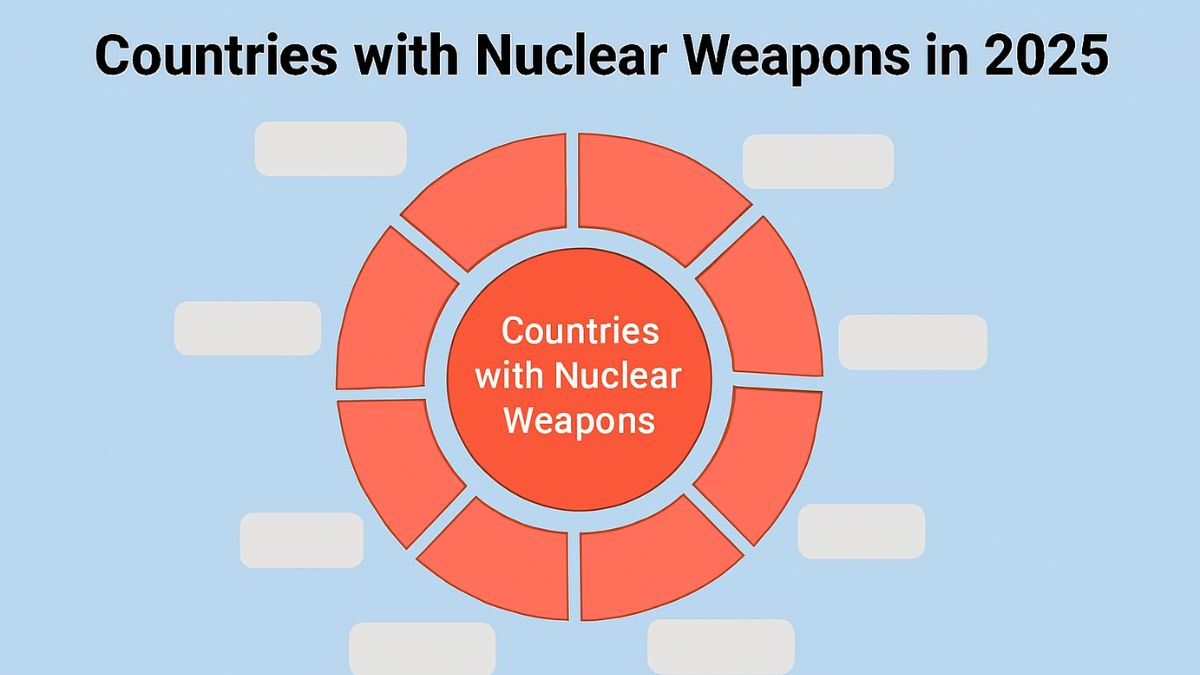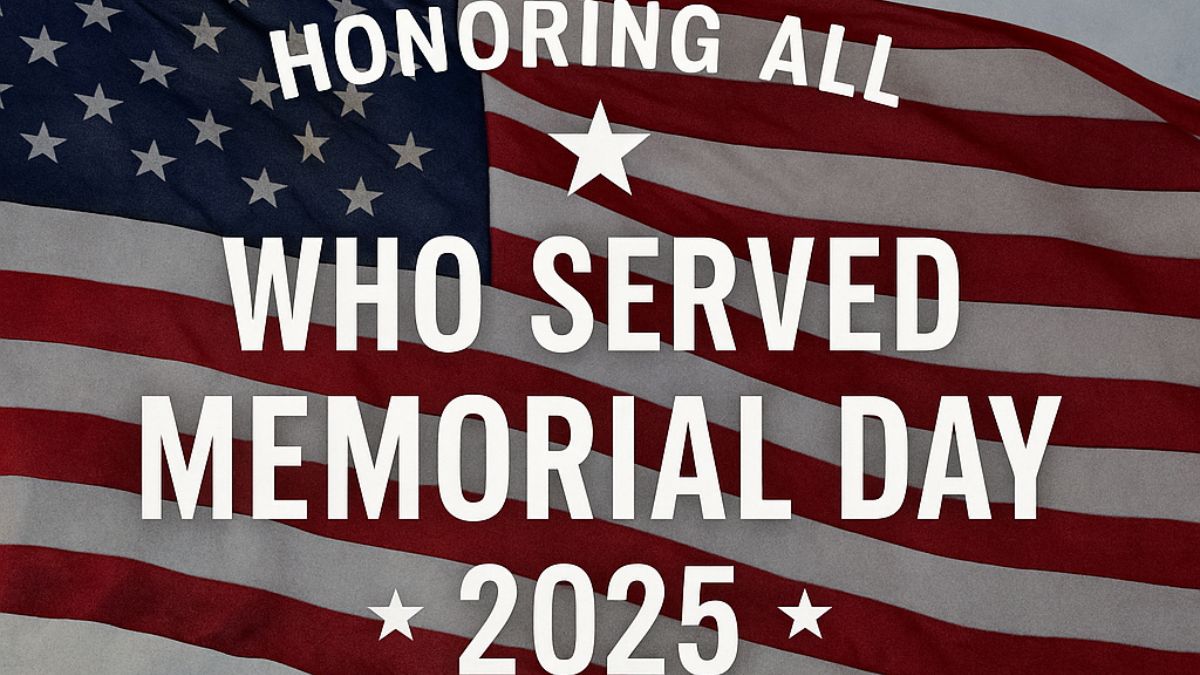New York: It’s a question that carries both weight and wonder: Who really holds the world’s most dangerous power? While movies, politics, and history often remind us about the Cold War era and nuclear standoffs, the modern landscape of nuclear weapon ownership is far more layered—and unsettling. In 2025, the number of countries with nuclear weapons may be limited, but the tension they create is global.
Behind the statistics are real stories: of nations racing for dominance, of secretive programs, and of ongoing debates about disarmament and deterrence. We often hear “nuclear” and imagine massive bombs or political escalations, but there’s a quieter threat, too—cyber attacks on nuclear systems, shifting alliances, and emerging regional powers hungry for recognition.
Whether you’re a student, a global affairs junkie, or just someone trying to make sense of what’s happening in the world, this guide breaks down not just who has nukes—but why, how, and what it means for the rest of us. Let’s walk through the nine known nuclear-armed nations in 2025 and the silent arms race that’s evolving behind the scenes.
Also Read: Starship 36 Explosion at SpaceX Starbase: What Caused the Fiery Blast?
Countries With Nuclear Weapons in 2025 – Full List
As of 2025, nine countries officially possess nuclear weapons. These include five recognized under the Non-Proliferation Treaty (NPT) and four others who operate outside it. Here’s the full list:
| Country | Estimated Nuclear Warheads | NPT Status |
| United States | ~5,200 |
Recognized NPT
|
| Russia | ~5,580 |
Recognized NPT
|
| China | ~500+ (rapidly increasing) |
Recognized NPT
|
| France | ~290 |
Recognized NPT
|
| United Kingdom | ~225 |
Recognized NPT
|
| India | ~172 | Non-NPT |
| Pakistan | ~170 | Non-NPT |
| North Korea | ~30–50 |
Withdrew from NPT
|
| Israel | ~90 (undeclared) | Not a signatory |
The US and Russia Still Hold the Largest Nuclear Arsenals
While the Cold War has ended, the nuclear dominance of the United States and Russia remains unmatched. Together, they own over 90% of the world’s nuclear warheads, many of which are on high alert—meaning they could be launched in minutes.
Both countries have modernization programs underway. The US is updating its aging arsenal with newer, more agile systems, while Russia is focused on hypersonic missile tech and underwater nuclear drones. The risk of accidental escalation or cyber sabotage is often greater than open war, yet rarely discussed in mainstream media.
China’s Nuclear Growth Is the Fastest in the World
China’s nuclear arsenal is expanding rapidly, making global powers uneasy. While it still maintains a “minimum deterrence” policy—keeping just enough weapons to retaliate—it’s building new silos, mobile launch platforms, and possibly even space-based weapons.
In 2025, experts warn that China’s posture may shift from defensive to assertively strategic, especially with increasing tensions in Taiwan, the South China Sea, and the broader Indo-Pacific region.
India and Pakistan: The World’s Most Volatile Nuclear Rivalry
With no formal arms control agreement and a long history of military tension, India and Pakistan are perhaps the most dangerous nuclear flashpoint today. Both countries have been engaged in wars and skirmishes over Kashmir, and their nuclear strategies are opaque.
Pakistan emphasizes first-use capability, while India sticks to a “No First Use” doctrine—at least officially. Their warheads are mostly land- and air-based, but submarine-based systems are also developing.
Israel’s Ambiguity: A Nuclear Power Without Admission
Israel has never officially confirmed or denied its nuclear weapons program, but satellite imagery, whistleblower reports, and global consensus suggest it has around 90 nuclear warheads.
Its policy of “strategic ambiguity” helps it deter adversaries without stoking panic. This tactic has been effective in a hostile region, but it also means no accountability or treaties, making it a wildcard.
North Korea: Small But Unpredictable
Though North Korea’s nuclear arsenal is small, it’s one of the most unpredictable. With up to 50 nuclear warheads and a focus on long-range missile technology, Pyongyang commands attention through nuclear tests and rhetoric.
What makes North Korea dangerous isn’t just its bombs—it’s the regime’s willingness to use threats as leverage, even if it isolates itself diplomatically. The country continues developing missiles capable of reaching the US mainland.
Why Do Countries Want Nuclear Weapons?
The reasons vary. Some seek deterrence against enemies, while others want international recognition. Nuclear weapons are a political equalizer—a seat at the table, whether it’s the UN or strategic alliances like NATO.
However, nuclear arms also carry moral and existential questions. The human cost, environmental devastation, and global panic they can cause outweigh any short-term political gain. Yet nations continue to pursue them, citing security, pride, and perceived necessity.
Is There Any Hope for Global Disarmament?
Yes, but it’s complicated. Treaties like the New START, NPT, and Treaty on the Prohibition of Nuclear Weapons exist—but enforcement and participation are uneven. Countries often modernize instead of disarming, and geopolitical distrust makes cooperation hard.
Grassroots movements, UN initiatives, and even youth-led climate and peace campaigns are pushing for nuclear awareness and abolition. While disarmament won’t happen overnight, growing global pressure—especially from the younger generation—might someday make it real.







